This is the final part a series of articles looking at the development of Mutual Credit Services (MCS), whose mission is to help build local mutual credit ‘clubs’ in the UK and overseas, and to link them together to form a global moneyless trading network – the ‘Credit Commons’.
Here we’re looking at savings and investments in a mutual credit world, as well as the importance of physical location. We want to make all this information as accessible to a general audience as possible. Most people have no interest in code, apart from knowing what it can do.
At Lowimpact.org, we’ve been talking about the potential for mutual credit to bring about necessary, large-scale change for three or four years. Mutual credit is a tool that can help decentralise the economy, boost small businesses at the expense of multinational corporations, build community and shrink the power of banks. Together with associated ideas, it can form the basis for a new kind of economy.
Members of the Lowimpact.org co-op are involved with Mutual Credit Services. We’re often asked about the current state of play, and so we’ve put together a series of 6 articles to explain what progress we’ve made.
Here’s the list of articles:
- Introduction:
Covid, the birth of Mutual Credit Services, and building a team. - Basic explanation of the Credit Commons Protocol:
The Credit Commons is the mechanism by which mutual credit and other groups all over the world can be connected to form a new global trading system – presented in an easy-to-understand way. - Business-to-business ‘Trade Credit Clubs’ and credit clearing: A very simple way to introduce the mutual credit idea to small businesses – trade credit, something they’re already familiar with.
- Local authorities & anchor institutions: Introducing the concept to local authorities – as a way to help their local businesses that are having cashflow problems.
- Community groups & individuals: How to allow community networks and individual consumers to play too!
- Investments, savings and location: How to develop non-extractive, interest-free savings and investments in communities, alongside mutual credit trading; and why physical location is important.
6. Investments & increasing capacity within trading networks
In any network, there will be some members who sell / earn a lot of credit and get to their positive balance limit quickly, and others who buy / spend a lot and get to their negative balance limit quickly. Both these kinds of businesses can get stuck, because they’re not able to buy things / spend credit easily in the network or sell things / earn credit easily in the network. These trade imbalances can be an indication that there’s missing capacity in the network – i.e. there are members desperate to buy or to sell, but unable to find suitable suppliers or customers in the network. Some analysis can be carried out to find out what capacity is required to achieve circularity of trade within the network – in other words, what kinds of businesses need to be recruited to be suppliers or consumers of goods and services so that everyone can both buy and sell within the network. For example, if there’s no baker in the network, all members will have to get their bread from outside. A baker can be recruited with the promise of customers, after which, members can get their bread from within the network, for mutual credit. A simple way to deal with such imbalances in trade is to use hard cash; but a better way is to invest to build new local capacity to meet the needs of members.

However, this investment won’t be in mutual credit – mutual credit is a means of exchange, not of investment. So for example, if you’ve found that what’s missing in your network is a delivery / haulage service, you can increase capacity by investing in setting up a delivery company, training people to drive an HGV, and/or buying lorries. There could be a local ‘jobs board’ that advertises products and services that are missing from the network, and local people can apply to fill those roles. If respondents already have businesses that provide those products or services, they can join immediately, but if businesses, skills, equipment or infrastructure are missing, the group can invest to provide them. This means that they won’t obtain the income from this investment for some time. In those circumstances, investors will still have standard questions about the viability of the business, time to break even etc., and will invest by making payments (in mutual credit or even in hard currency), but what they get in return is not the usual shares / equity or interest on loans. What they get back is pre-paid vouchers for the services that will be provided by the new businesses.
So for example, if the community wants a wind turbine, they can invest in the business, skills, tools and infrastructure to put up the turbine by purchasing vouchers for the electricity that the turbine will generate in future. The vouchers will be purchased at a discount, which provides the investor with a profit; and inflation is impossible because a kilowatt-hour of electricity is always a kilowatt-hour of electricity. The same is true of any other business – for example for the deliveries mentioned above – they could provide vouchers for delivery of goods in the future, sold at a discount; or a restaurant (future meal vouchers sold at a discount); a community orchard (future fruit vouchers); an office block (future rent vouchers) – and so on. In doing this, we build community capacity in ways that don’t rely on banks and that keep wealth within the community.

This article provides a bit more background on savings and investments in a mutual credit world; and here’s another use credits / investment paper.
Location
We’ve described the Credit Commons as a global web of continental networks, that are comprised of national networks, that are comprised of regional networks, that are comprised of town networks etc. because that’s easier to explain, and probably how most businesses will connect with it. It’s important to say, though, that this could also work with networks of trading businesses, some of which are in different places. International trade settlement is more difficult because of different currencies, but we have some good ideas for this, that we’re working on. This can all be accommodated within the Credit Commons – groups can choose to plug in wherever they like.
Having said that clubs don’t have to be tied to a geographical locality, there are reasons that physical location matters. One is that a more sustainable (shorter supply chains) and less economically-extractive economy must be more localised. Another is that imbalances in trading networks need political solutions – i.e. human beings talking with each other, which is more easily achievable at the local level, or, at the next level up (the bioregion), rather than a giant nation-state (some current states could be seen as bioregions – usually the relatively ‘sane’ ones, like Denmark for example). Nation-states that cross many bioregions have difficulty finding unity because their inhabitants are experiencing many different realities. And although the digital economy is growing, people will always need housing, food, water, clothes, energy, material goods etc. that require fields, forests, oceans, mineral resources, sunshine, rain and wind that are all embedded in localities.

What we’re hoping to help develop is an economy where people’s utilities are provided from their bioregion, as locally as possible (and there’s no reason why every region couldn’t manufacture its own electrical goods – even though global supply chains may be required for their raw materials). The Credit Commons provides a strong re-localising impetus, because every network will probably be charging a small transaction fee. Transaction costs (as well as transportation costs) will be slightly higher the further apart (and therefore the more ‘layers’ the trade has to pass through) the two parties in a physical transaction are. There will always be an incentive to look more locally for what you need.
Summary
To summarise – as of early 2022, we have a great team, a website, some funding, trading software, the Credit Commons Protocol to link groups together, empirical evidence of the benefits of what we’re offering, goodwill from groups and individuals around the world, and business models that can be sponsored / hosted by three kinds of groups:
- Business networks
- Local authorities & anchor institutions
- Community groups
In future articles, we’ll look at current projects, resources required to start more projects and build the credit commons, and how people can help – including joining the soon-to-be-launched ‘Credit Commons Society’.

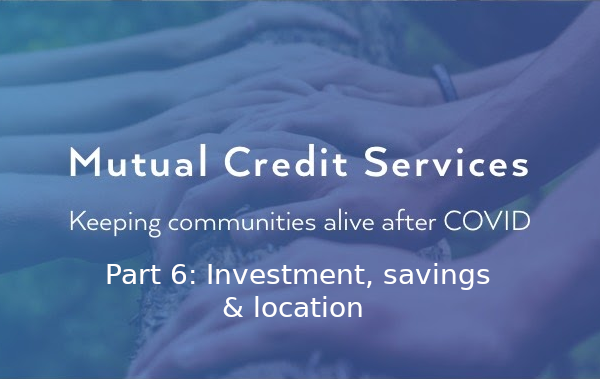
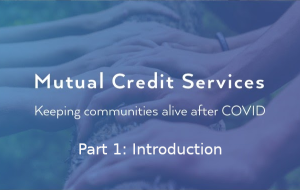
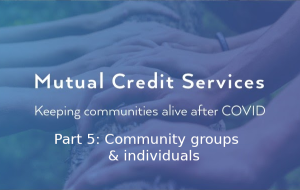

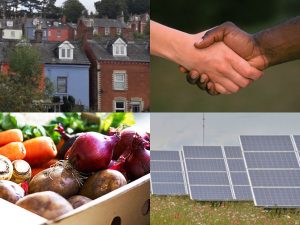

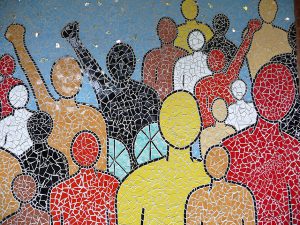



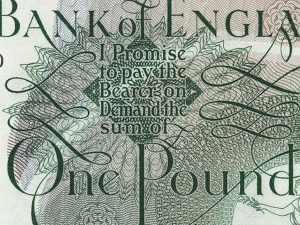
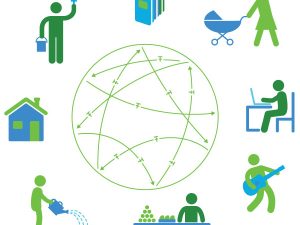
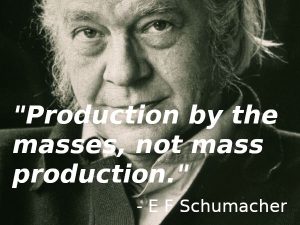
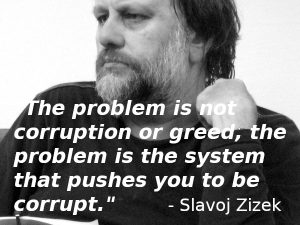
1 Comment
Brilliant idea – I love the concept of local and of a barter / credit system. Do you have contacts in the South West England area who may be on board?
Great articles, thanks.